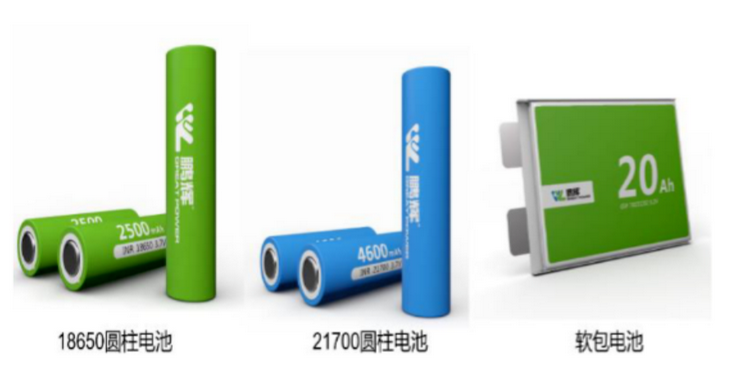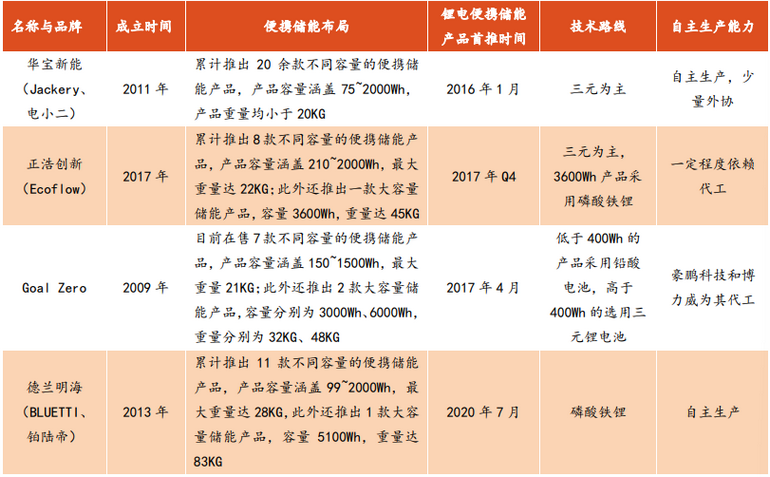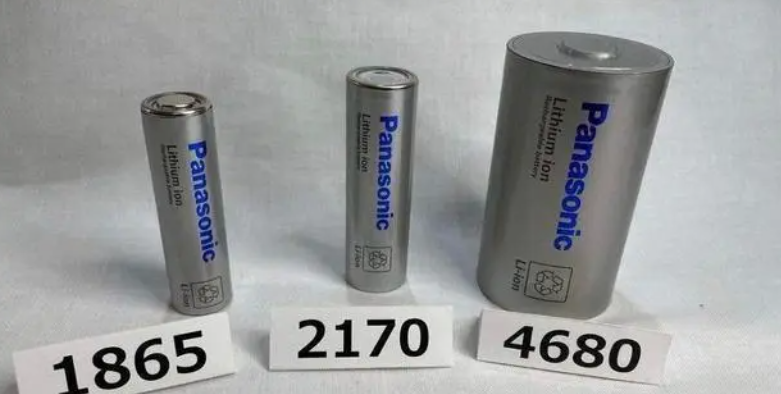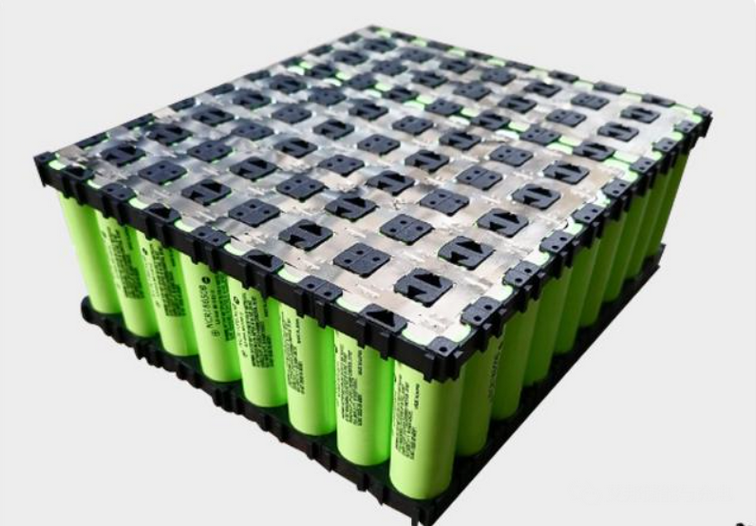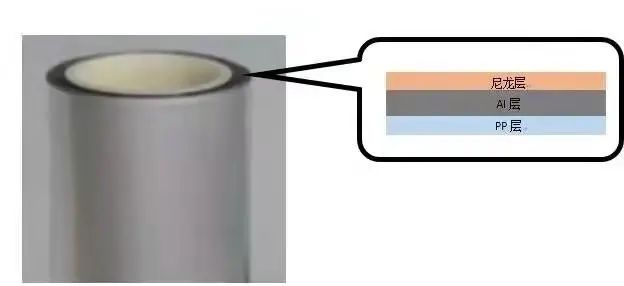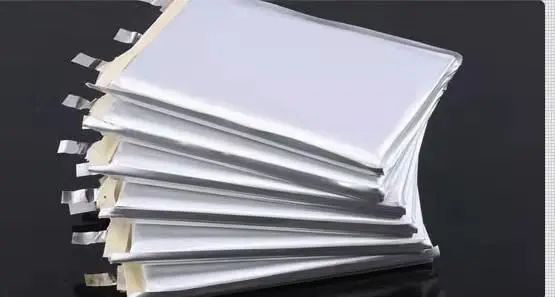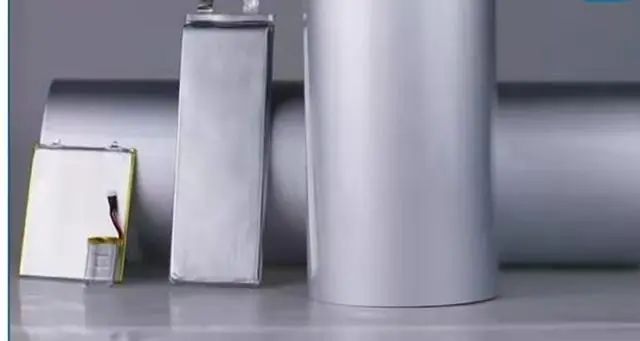| Introduction to the types of common portable energy storage batteries and the te |
| Release time:2023-01-05 09:35:00| Viewed: |
Introduction to the types of common portable energy storage batteries and the technical route of the enterprise
The batteries commonly used for portable energy storage include cylindrical batteries and soft pack batteries. The cylindrical batteries include 18650 cylindrical batteries and 21700 cylindrical batteries.
Whether it is a hard case battery or a soft package battery, there is little difference in its internal structure (positive pole, negative pole, diaphragm, electrolyte). The main difference is the battery shell. The soft package battery uses aluminum plastic composite film as the shell material, while the square and cylindrical batteries use metal materials as the shell, which is also called a hard case battery.
Common battery types for portable energy storage
From the perspective of enterprise technology route, Huabao Xinneng, as the industry leader, mainly focuses on ternary. Zhenghao Innovation also focuses on ternary. 3600Wh products use lithium iron phosphate. Gold Zero products below 400Wh use lead acid batteries. Those above 400Wh use ternary lithium batteries. Paineng Technology and Delan Minghai use lithium iron phosphate.
Technical route of major portable energy storage enterprises
Cylindrical lithium battery
Cylindrical lithium battery is a round lithium battery, which is mainly composed of positive pole, negative pole, diaphragm, positive and negative collector, valve, over-current protection equipment, insulation and shell. In the early days, steel shells were selected more than aluminum shells.
The cylindrical lithium battery has a unified standard, so it can be manufactured, produced and processed in large quantities. The mature and perfect technology of battery manufacturers can make the production speed of cylindrical lithium battery higher; At the same time, its application scope is wider and its technology is more mature.
The cylindrical lithium battery can be divided into lithium iron phosphate battery, lithium cobalate battery, lithium manganate battery, cobalt manganese hybrid battery and ternary lithium battery according to the filler material. Lithium battery with steel shell and lithium battery with polymer shell can be used according to the type of shell. Batteries made of different materials have different advantages.
The cylindrical lithium battery usually uses five digits to indicate the model. Starting from the left figure, the first and second digits refer to the battery diameter, the third digit refers to the battery height, and the fifth digit refers to the circle. There are many types of cylindrical lithium batteries, including 10400.1450.16340.18650.2170.26650.
18650 Battery
18650 is a model of lithium ion battery, which is the originator of lithium ion battery.
Lithium battery is a standard lithium battery model developed by Japanese sony company in order to better save costs. The 18650 battery we often mention is actually a lithium ion battery named after the size and model of the battery.
Common 18650 batteries are also divided into lithium ion batteries and lithium iron phosphate batteries. 18 in 18650 refers to the diameter of the lithium ion battery is 18mm, 65 refers to the length of 65mm, and 0 refers to the cylindrical battery. The capacity is 31.5ah and the voltage is 3.6v. It is a kind of battery with high cost performance.
The main advantages of the 18650 battery are:
1. Light weight, easy to carry and install;
2. Good discharge performance, which can discharge more than 500 times continuously under the condition of rated capacity;
3. The self discharge electrode temperature is low, which has no effect on the thermal sensing element;
4. High cycle life and good reliability.
Disadvantages:
1. The price is high.
At present, cylindrical 18650 batteries sold on the market include cylindrical aluminum shell (1861-lf), cylindrical copper shell (1861-c) and cylindrical iron shell (1861-t). Among them, cylindrical aluminum shell is the most commonly used, and 1861-hf and 1862-gn models are widely used.
21700 Battery
The 21700 battery is a lithium battery with a diameter of 21 mm and a height of 70 mm. Due to its increased volume and space utilization, it can improve the energy density of cell and system, and its volume energy density is much higher than that of 18650 battery.
Cathode material: NCM ternary lithium is mainly used, supplemented by lithium iron phosphate.
Advantages: Compared with the 18650 battery, the energy density of the whole package of the 2170 battery can be further improved. The increased size allows the 2170 battery to add new lugs and charge faster. Of course, the 2170 battery pack with the same capacity can use fewer cells, and the BMS control and protection algorithm can be simpler.
Disadvantages: From the current perspective, the biggest disadvantage of the 2170 battery is its energy density, which is slightly different from the square battery and the 4680 battery. However, a slight increase in size only solves some of the shortcomings of the 18650 battery and does not reach the final perfect state.
At present, there are two popular 21700 batteries on sale, 4200mAh (21700 lithium battery) and 3750mAh (21700 lithium battery). There is a 5000mAh (21700 lithium battery) with larger capacity to be launched soon.
Soft pack battery
Soft pack battery, which uses aluminum plastic film as the packaging material, needs to be heat sealed. The basic structure of the flexible lithium battery is similar to that of the cylinder and the square, except that the flexible lithium battery is a liquid lithium ion battery covered with a polymer shell. The structure is packed with aluminum plastic film, which is generally composed of three layers. The nylon layer ensures the shape of the aluminum plastic film. The aluminum layer prevents water penetration. The PP (polypropylene) layer can effectively prevent internal electrolytes from contacting the aluminum layer, so as to avoid corrosion of the aluminum layer.
The packaging materials and structure of the flexible battery make it have a series of advantages. For example, the safety performance is good. The flexible battery is structurally packaged with aluminum plastic film. When safety problems occur, the flexible battery will generally burst, rather than explode like a steel shell or aluminum shell cell; Light weight, which can reduce the burden of cars; The design is flexible, and the shape of the shape can be changed at will.
The disadvantage is that the consistency is poor, the cost is high, and liquid leakage is easy to occur. In addition, the aluminum plastic film looks very simple, but it is not easy to combine the three layers of materials evenly and firmly. Now, the aluminum plastic film with good quality basically depends on imports, and the quality of domestic aluminum plastic film needs to be improved.
|



